(As the world gears up to celebrate International Day of Persons with Disabilities on December 3rd, Kartavya will be publishing a five-part series that focuses on the lives of disabled people in Pune with respect to several aspects of their lives, laced with their own experiences - pre and post the ongoing pandemic.
The Accessible India Campaign, launched by the central government in 2015, promised several infrastructural developments and human resource policies for a better experience for the disabled. Besides, there are a handful of other already existing laws and acts that mandate certain facilities in public spaces for the disabled. This part of the report puts light on the execution, impact, and the difference these provisions bring about for the disabled in Pune.)
Physical disability - still better than ‘Incapability’
Mahima, who lost her eyesight at the age of 17, was all set to leave Pune with her sister and go stay with her parents in her hometown for the vacations. The facility of the Divyang section in trains was a relief for a visually challenged girl like herself. It was going to be a 12 hours long journey, but she wasn’t worried because of her sister’s company and the reserved section which has other people like her. As she headed into her compartment, she heard her sister asking some people to vacate their seats. The situation quickly escalated into an argument.
The passengers who were seated on Mahima and her sister’s seats had a ticket receipt wherein their seat numbers were written. Her sister asked Mahima to wait and came back with the ticket collector on board. After checking both the tickets and receipts, he informed the two girls that the seats have been paid for by the man sitting there, and asked them to adjust somewhere else until he finds them other seats.
“But why are we supposed to adjust when we have confirmed tickets here? Plus, this is the Divyang section and these are abled people. My sister is visually impaired. Why should we adjust somewhere else?” her sister asked.
 The TC left the place, saying he’ll try his best to do something while Mahima and her sister waited for 4 hours to finally get berths in a normal AC compartment. “It was uncomfortable to sleep there. I crashed into people while entering. The compartment was much smaller than the one in the Divyang section. I could imagine people staring at me in annoyance. I still feel angry about that day,” recalled Mahima. Never again would she travel with Indian Railways even when there is a train compartment in every train designed especially for people like her.
The TC left the place, saying he’ll try his best to do something while Mahima and her sister waited for 4 hours to finally get berths in a normal AC compartment. “It was uncomfortable to sleep there. I crashed into people while entering. The compartment was much smaller than the one in the Divyang section. I could imagine people staring at me in annoyance. I still feel angry about that day,” recalled Mahima. Never again would she travel with Indian Railways even when there is a train compartment in every train designed especially for people like her.
The National Policy for Persons with Disabilities (NPPD) 2006 has a provision that mandates all public places to have an access-friendly architecture for the disabled. This provision, like many others, shines brightly on the paper but is equally dull when it comes to execution.
Not just railways, but buses, malls, government offices, and even hospitals are not disabled-friendly. Wheelchair accessibility in public washrooms and waiting rooms, braille and sound technologies in elevators and lifts, ramps in public utilities are some compulsions mentioned in the NPPD. Braille and sound technologies in elevators and lifts are a far-fetched dream when the situation of most government buildings, including schools, varsities, hospitals, offices is such that they do not even have normally functioning lifts.
In a developing country like India, it is indeed difficult to acquire the stringency in the rules mentioned. But what can be aptly expected, is these rules being followed at least in government buildings and government-funded public places.
Apart from these starkly visible ones, many other small things are not given a precise thought. “Even if there are reserved compartments for the disabled, there is no specific, decided platform that they arrive at. Sometimes the Divyang compartment is attached at the end, while other times it is at the extreme start of the train. If a disabled person is traveling alone, imagine how difficult it must be for him to first trace where exactly it is, and then to walk that distance within time before the train leaves,” Lumbini, a student of Disability Studies and Action at the Tata Institute of Social Sciences pointed out.
The Indian Railways are the first and the last travel resort for disabled people who cannot afford to travel long distances by air or private buses. In such a situation, the discrepancies to this level in trains is a matter of concern, especially when there’s a special provision of the Divyang section in trains for the disabled. What good is a provision if it is incapable of fulfilling the only purpose it has?
Our beloved SELECTIVE public transport
Yogesh, a blind student of Fergusson College, stays on Sinhagad Road and takes the city bus to and from college every day. When asked if it serves him well, he says it’s good superficially but there are small problems in the system that do not make it completely convenient for him to use public transport. “The buses have sound technology installed in them that is supposed to announce the upcoming stops like that in metro trains. But it’s not working. Even the conductors don’t make the efforts to shout out the names of the destinations, maybe because they’re not trained to do that. The buses also lack the sound technology that tells where the bus is going when it arrives at the stop. So we have to rely on other people to tell us these things. Some people happily help, while others get annoyed. Most times most people can’t even hear us because they have their earphones plugged in. You know, that’s an adopted disability that people fancy these days,” said Yogesh with a quick laugh.
“The Bus Rapid Transit (BRT) system is another flawed development that poses a severe danger of accident for disabled people like us. It is not easy to operate well with the BRT system for people who can’t see or move quickly,” he added.
While the situation of public transport in Pune has a great scope to improve, it is also notable how abled people do not precisely realize the needs of the disabled in these cases of public place accessibility. Climbing a bus isn’t an easy task for the disabled, especially for the blind or paraplegic persons. Since buses are the most basic and most frequently used mode of public transport, they should necessarily have ramps. But that again seems to be a far-fetched dream. When authorities fail, the public comes to the rescue. But most times, even they fall short in their efforts which all boils down to the lack of awareness of the disabled people’s needs. So it’s not just execution, but also the awareness among the common people that is a problem.
Smart City Initiative: Not smart enough!
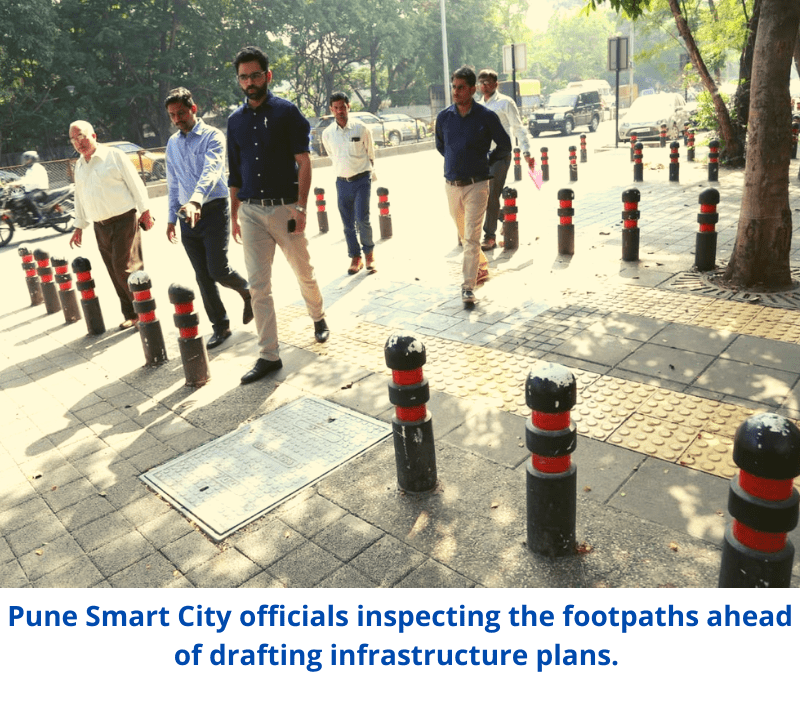 Sachin was always a fan of taking long walks in the city before he lost his eye-sight in an accident 5 years ago. He was relieved to hear that the Smart City Initiative in Pune has facilitated ‘Smart Footpaths’ with tactile paving blocks for the blind that will help them detect obstructions.
Sachin was always a fan of taking long walks in the city before he lost his eye-sight in an accident 5 years ago. He was relieved to hear that the Smart City Initiative in Pune has facilitated ‘Smart Footpaths’ with tactile paving blocks for the blind that will help them detect obstructions.
“I was happy at the possibility that I’ll again be able to enjoy having long walks even if I can’t see anymore. I got a friend along and took a stroll on FC road one fine night. I had a good first experience with the ‘Smart Footpath’. But my satisfaction didn’t last for long. Even if FC road has a perfect footpath, the one near my house around Sancheti hospital has guiding blocks that lead into obstacles like trees and electric poles. I was highly disappointed when I experienced these problems,” said Sachin.
The idea behind the Smart City Initiative was only so considerate as to provide wider pavements for the wheelchairs to pass easily, along with the pavement blocks for the blind. But these footpaths in areas like JM road, Sarasbaug, and Ghole road are downright misleading and potentially dangerous. The pavement blocks, if completely trusted by the blind, can lead them into manholes or in front of exit gates for vehicles, which is an obvious threat to their lives.
“I think the engineers that worked with this initiative were not instructed properly. Our expectations these days have hit a new low. It is difficult for even sighted people to walk obstruction-free on footpaths. What can blind people like us expect really? The authorities are probably trying their best though. Let’s hope there will be more and proper developments in the coming years,” added Sachin.
When these issues were brought to the attention of the Smart City PRO Mr. Jagtap, he said that the authorities are aware of these problems and orders have been issued to reconstruct and repair them at the earliest. If there is a provision being designed, it should not just have a haphazard execution leading to false hopes and waste of money. It’s high time that accessibility issues for the disabled have been given careful attention.
Initiatives like Pune Smart City prove to be a ray of hope for a city that is still under development in terms of an all-inclusive infra-structural approach. What should be expected and delivered next is just a bit more intricate attention to the issues faced by the very people these efforts are being taken for, and the level of execution.
Burning candles, banging utensils, Aarogya Setu, Quarantine centers – nothing for the PWDs
As the entire nation is going through an unprecedented pandemic, the government has designed several policies and introduced numerous guidelines to fight the novel Coronavirus. While burning candles, banging utensils, and showering flowers are some of the central government’s more popular efforts to combat this deadly virus, the Aarogya Setu app seems to have taken a back seat. It however promises to detect a person infected with the virus and thus create a safe environment for everyone using the app. Considering it an effective safety measure, the application should have ideally helped disabled people to go about their essential tasks safely. But the application’s design conveniently excludes them, especially the sight-impaired people. There is no way a blind person can fill in their details or hear the app notifications about the safety in their vicinity.
The Ministry of Social Justice and Empowerment has clarified that under the Rights of Persons with Disabilities Act 2016, it is mandatory for the states and union territories to propagate information related to the Coronavirus in audio formats and Braille, as well as to make government websites disabled-friendly. But the implementation of these mandates is zero, thus requiring disabled people to rely on the information given by secondary sources, which might even be misleading or incorrect in some cases. Lack of sign language and captions on the mainstream news channels, that also play an important part in information dissemination amid pandemic, is another issue for the hearing-impaired population.
The quarantine centers, like most other government-aided spaces, are not disabled inclusive. They lack ramps, toilets for the disabled, trained caregivers, and staff that knows sign language. It further highlights how even though the PWDs are more vulnerable to the Coronavirus, they are not being provided the essential extra care. The pandemic has thus further underlined the need to make our provisions and facilities more inclusive towards the PWDs.
- Aishwarya Dakhore
aishwaryadakhore@gmail.com
(This article was written and improvised by the author as a part of an in-depth report submitted to the Department of Communication and Journalism, Savitribai Phule Pune University. The author holds an interest in writing about issues related to human rights, gender issues, and politics.)
Other articles in this five-part series:
Part 1: Education- the Rusty key to Enablement
Part 2: Disability Stigma: The Real Kingpin
Tags: civic human rights disability person with disabilities disabilities aishwarya dakhore Load More Tags

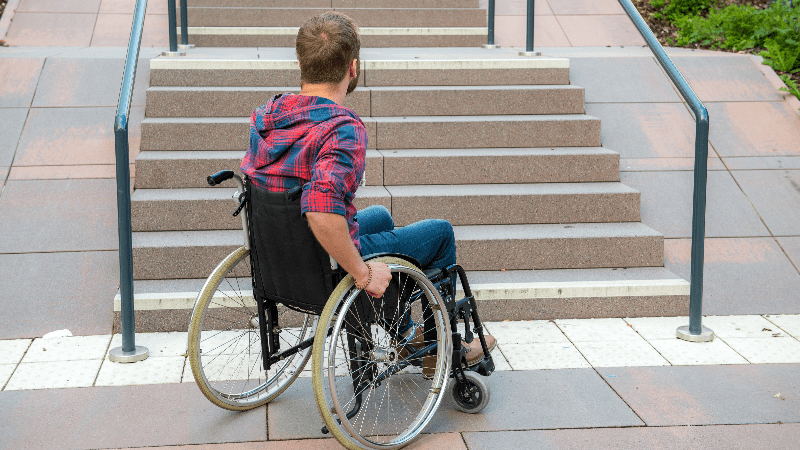
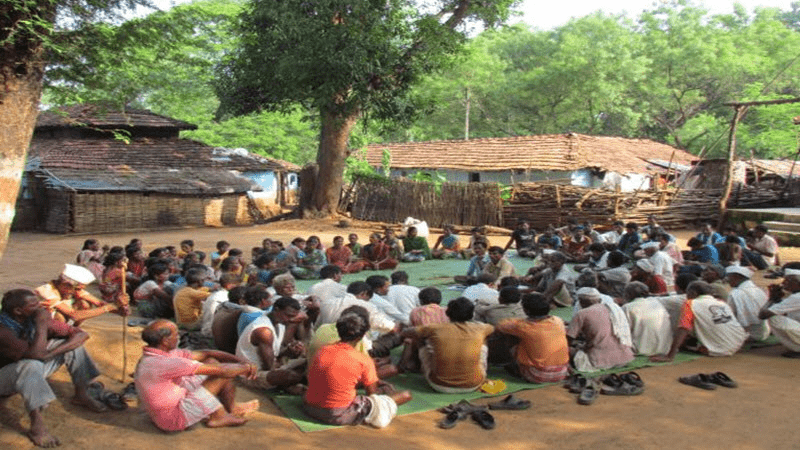
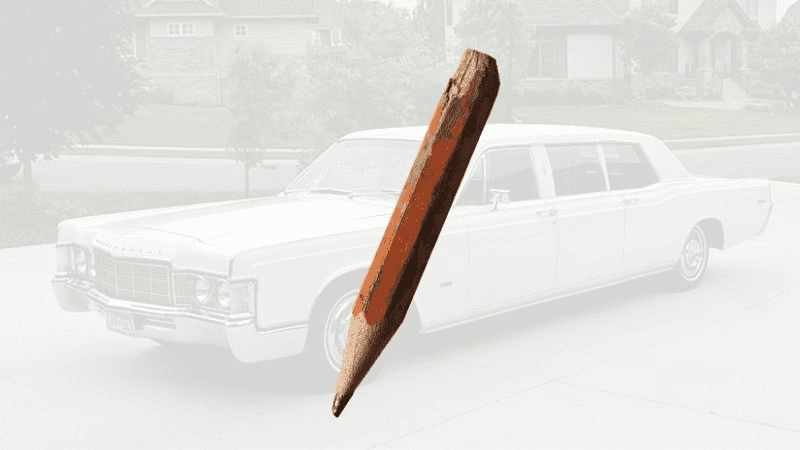


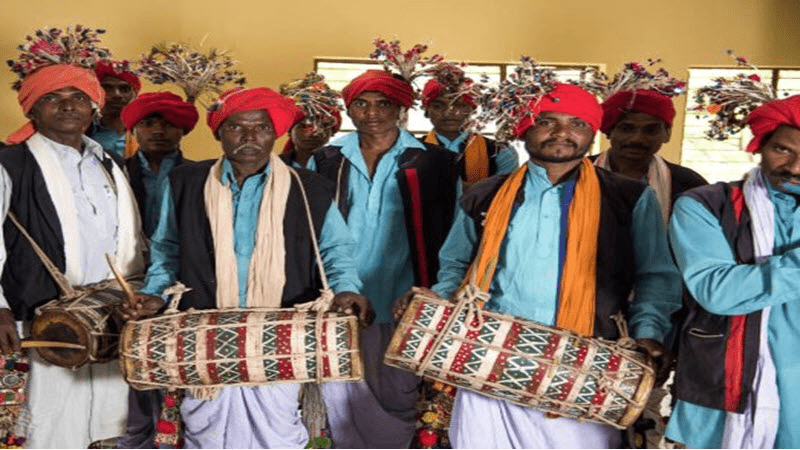

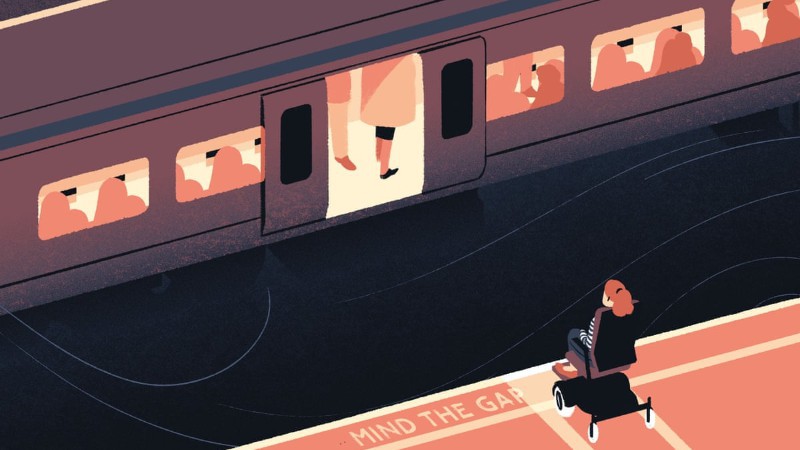

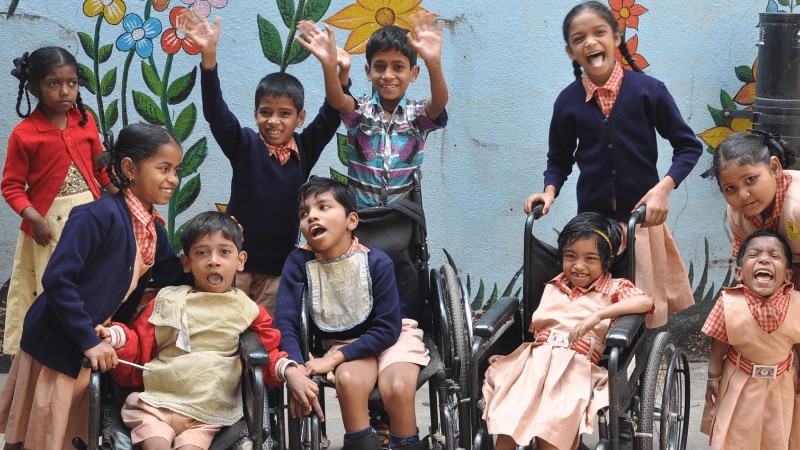

























Add Comment